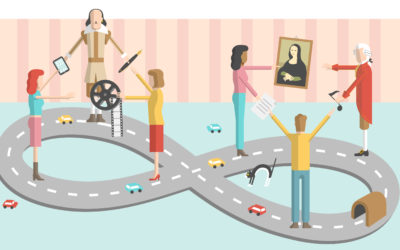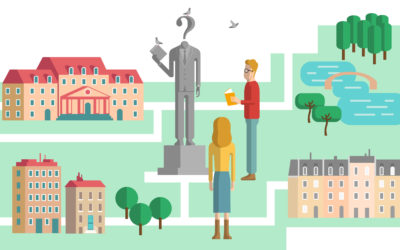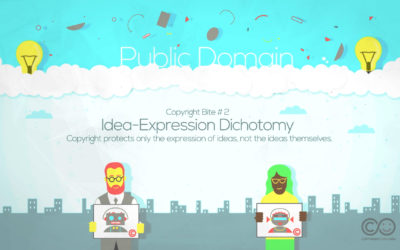1. How different does new work have to be from an original, not to infringe?
Copyright protects only the expression of the ideas, not the ideas themselves. This means for example that if someone paints a landscape, it does not prevent you from taking a picture of the same landscape. However, in some cases (such as two people taking a picture of the same object) the line between ideas and expression is really hard to define. A recent copyright decision on this topic can be found here.
Using another’s work is copyright infringement when ‘the work as a whole or any substantial part of it’ has been copied. According to UK Copyright Law, your work is considered original – and thus protected by copyright – if you use your skill, labour, judgement and effort to create it. Unfortunately, it is difficult to state the exact meaning of these notions, as they are defined on a case-by-case basis. You can find more information about re-using copyright works here.
2. Are there organisations that can help creators protect their work?
In the UK, there are some organisations that help visual artists protect their work:
– DACS, Designs and Artists Copyright Society: http://www.dacs.org.uk/ – AOI, the Association of Illustrators: http://www.theaoi.com/ – AOP, the Association of Photographers: http://www.the-aop.org/
For general guidance, see the UK Intellectual Property Office website: http://www.ipo.gov.uk/
3. What is the procedure to clear the use of an orphan work?
Orphan works are works that are in copyright but whose copyright owner is unknown or cannot be found. If you do not know who the copyright owners are or how to find them, you cannot get permission to use their work.
However, in October 2014, the government introduced a licensing scheme that allows anyone to apply for a licence to use orphan works for both commercial and non-commercial purposes within the UK. In addition, cultural heritage institutions can benefit from a copyright exception to make certain uses of orphan works without having to apply for a licence. Both the licensing scheme and the copyright exception require users to carry out a ‘diligent search’ for rightsholders. You can find more information about orphan works and the available procedures to clear their use here.
Related
Using & Reusing
When creating new work, it is natural to be inspired by the work of others. However, there is an important distinction between simply being inspired and unlawfully copying.
Orphan Works
A work – such as a book, a piece of music, a painting or a film – in which copyright exists, but where the copyright owner is either unknown or cannot be located is referred to as an ‘orphan work’.
Copyright Bite #2
Copyright Bite #2 explores how copyright protects only the expression of ideas and not ideas themselves.











